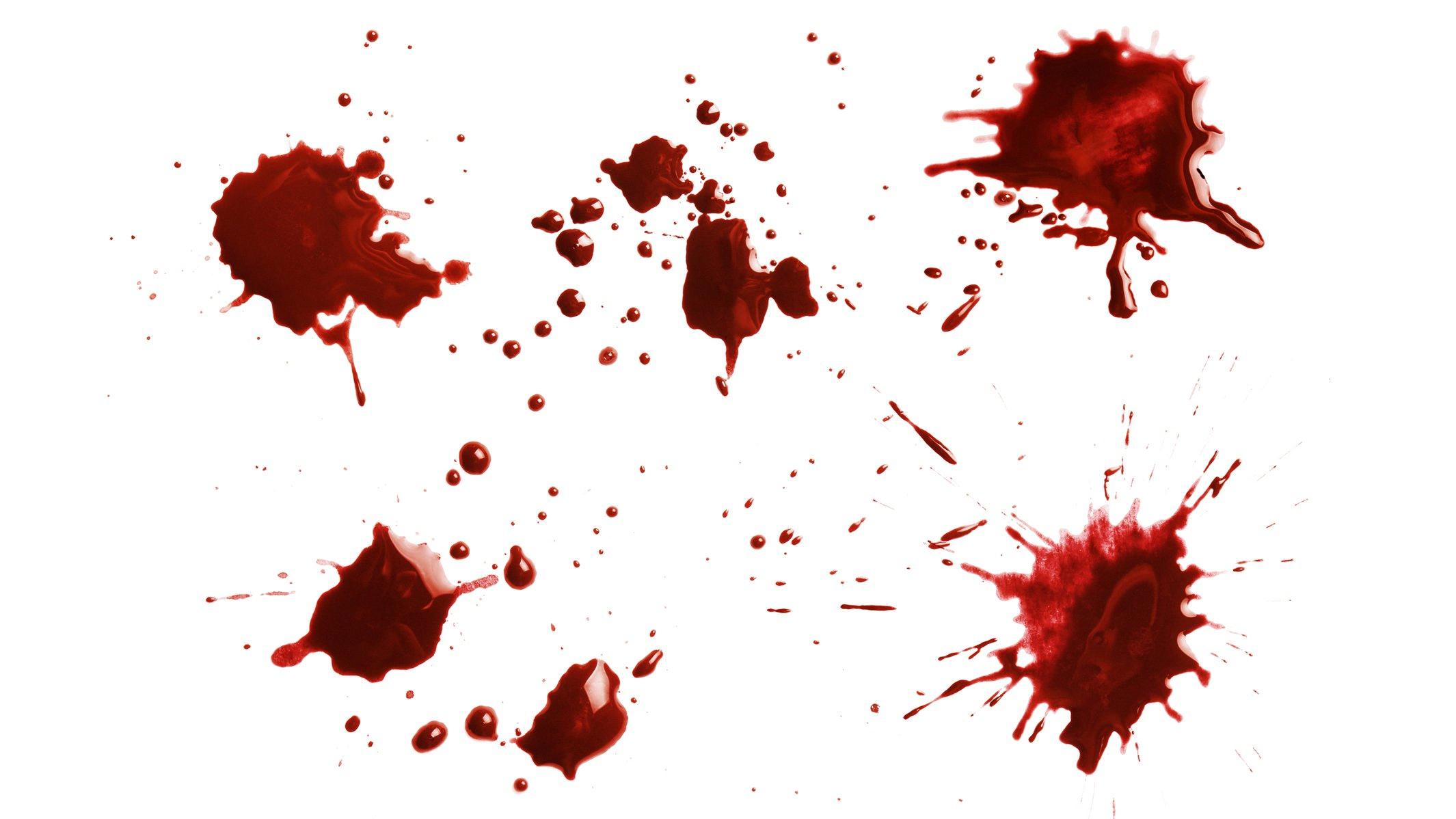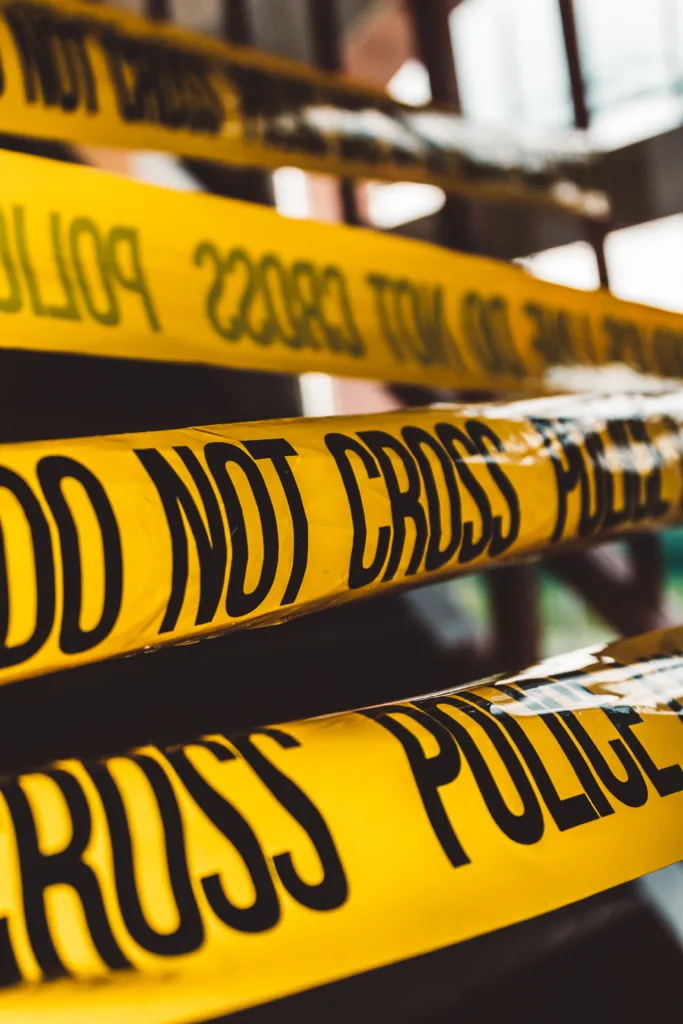Blood spatter analysis is a critical field of forensic science that involves the investigation of bloodstains and patterns found at crime scenes. A blood spatter analyst is a trained professional who uses scientific techniques to analyze blood evidence and provide accurate and reliable interpretations of the crime scene. In this article, we will explore the career of a blood spatter analyst, including their job responsibilities, educational requirements, and salary prospects.
The primary responsibility of a blood spatter analyst is to collect and analyze blood evidence found at crime scenes. They use scientific methods to determine the direction, velocity, and impact of blood spatters, as well as the position of the victim and the assailant. They also collect and analyze other types of evidence, such as DNA samples, fibers, and fingerprints, to help reconstruct the crime scene.
Blood spatter analysts work closely with law enforcement agencies and attorneys to provide expert testimony in criminal cases. They are responsible for preparing detailed reports and presenting their findings in court. They also work with other forensic specialists, such as crime scene investigators, forensic technicians, and medical examiners, to analyze the evidence and build a complete picture of the crime scene.
To become a blood spatter analyst, you must have a strong background in forensic science and a thorough understanding of the properties of blood and human anatomy. Most employers require candidates to have at least a bachelor’s degree in forensic science or a related field, such as biology, chemistry, or criminal justice. Some employers may also require a master’s degree or higher.
In addition to formal education, blood spatter analysts must undergo extensive training in bloodstain pattern analysis (BPA). This training typically includes at least 100 hours of BPA training and 140 hours of study in a related field, such as crime scene investigation or forensic photography. Candidates must also have at least three years of work experience in the field.
The salary of a blood spatter analyst can vary depending on their level of education, experience, and geographic location. According to ZipRecruiter, the average annual salary for a blood spatter analyst in the United States is around $65,000. However, salaries can range from as low as $24,000 to as high as $134,000 per year.
The majority of blood spatter analysts earn between $41,000 (25th percentile) to $86,000 (75th percentile) per year, with top earners (90th percentile) making $114,500 annually. Salaries can also vary depending on the industry, with government agencies and law enforcement agencies typically offering higher salaries than private companies.
A career in blood spatter analysis can be a rewarding and challenging field for those with a strong background in forensic science. To become a blood spatter analyst, candidates must have at least a bachelor’s degree in a related field, as well as extensive training in bloodstain pattern analysis. Salary prospects for blood spatter analysts can vary depending on their level of education, experience, and geographic location. If you’re interested in pursuing a career in forensic science, consder exploring the field of blood spatter analysis.
Is It Hard To Become A Blood Spatter Analyst?
Becoming a Blood Spatter Analyst is not an easy task as it requires a significant amount of training, education, and work experience. The minimum requirement to become a Blood Spatter Analyst is to have at least 100 hours of bloodstain pattern analysis training and 140 hours of study in a related field. Additionally, candidates must possess an associate or bachelor’s degree and have three years of work experience.
The training for becoming a Blood Spatter Analyst is rigorous and involves studying various subjects such as biology, physics, chemistry, and mathematics. These subjects are crucial for understanding the science behind bloodstain pattern analysis. Additionally, candidates must learn about crime scene investigation, forensic photography, and othr related fields to develop a comprehensive understanding of the job.
To become a Blood Spatter Analyst, candidates must also pass a certification exam, which tests their knowledge of bloodstain pattern analysis. The exam is designed to assess the candidate’s ability to identify, interpret, and analyze bloodstain patterns accurately.
Becoming a Blood Spatter Analyst is challenging, and it requires a significant amount of training, education, and work experience. However, if you are passionate about the field and willing to put in the effort, it can be a rewarding career path.

How Much Do Bloodstain Pattern Analysts Make?
Bloodstain pattern analysts are professionals who work in the field of forensic science and are responsible for analyzing bloodstain patterns to help solve crimes. As per the data available on ZipRecruiter, the annual salaries of bloodstain pattern analysts vary widely. The highest-paid analysts earn up to $134,000 a year, while the lowest-paid earn as little as $24,000 per annum.
However, the majority of bloodstain pattern analysts earn annual salaries that range from $41,000 to $86,000, with those in the 75th percentile earning up to $86,000 and those in the 25th percentile earning $41,000. The top earners in this profession, who are in the 90th percentile, can make as much as $114,500 annually across the United States.
It is important to note that these salaries may vary depending on various factors such as the level of experience, education, location, and the size of the employer. Nonetheless, bloodstain pattern analysts can expect to earn a respectable salary that is commensurate with ther skills, expertise, and experience in the field of forensic science.
How Many Years Of College Do You Need To Be A Blood Spatter Analyst?
To become a Bloodstain Pattern Analyst, a minimum of a bachelor’s degree or equivalent in a relaed field of study is typically required from an accredited college or university. However, if someone has an associate’s degree or equivalent in a related field of study from an accredited college or university, they may still be eligible to become a trainee in this field with at least two years of additional experience. The related fields of study may include forensic science, biology, chemistry, or criminal justice. It’s worth noting that additional training and certification may be required to become a fully qualified Bloodstain Pattern Analyst.
Is Blood Spatter Analyst A Real Job?
Blood Spatter Analyst is a real job. It is a specialized field within the broader area of forensic science. Blood spatter analysts are forensic scientists who analyze bloodstain patterns at crime scenes to help reconstruct the events that occurred. They use their knowledge of the properties of blood and physics to interpret the patterns and determine the direction, angle, and velocity of the blood. This information can help investigators establish the sequence of events, the weapon used, and the position of the victim and perpetrator. Blood spatter analysts work in laboratories, and their work involves usng specialized equipment, such as microscopes and cameras, to document and analyze the bloodstain patterns. They also write detailed reports and testify in court as expert witnesses. To become a blood spatter analyst, you need a strong background in forensic science, biology, and physics, as well as specialized training in bloodstain pattern analysis.

Conclusion
A career as a Blood Spatter Analyst requires a combination of education, training, and experience. It is a highly specialized field that demands a strong background in forensic science and an understanding of the properties of blood and human anatomy. Candidates must have at least 100 hours of bloodstain pattern analysis training, 140 hours of study in a related field, and an associate or bachelor’s degree, plus three years of work experience. Blood spatter analyst jobs typically take place in the lab, and you may be required to know how to use and maintain crime scene lab equipment. If you have a passion for forensic science and a desire to help solve crimes, then a career as a Blood Spatter Analyst may be rght for you.
